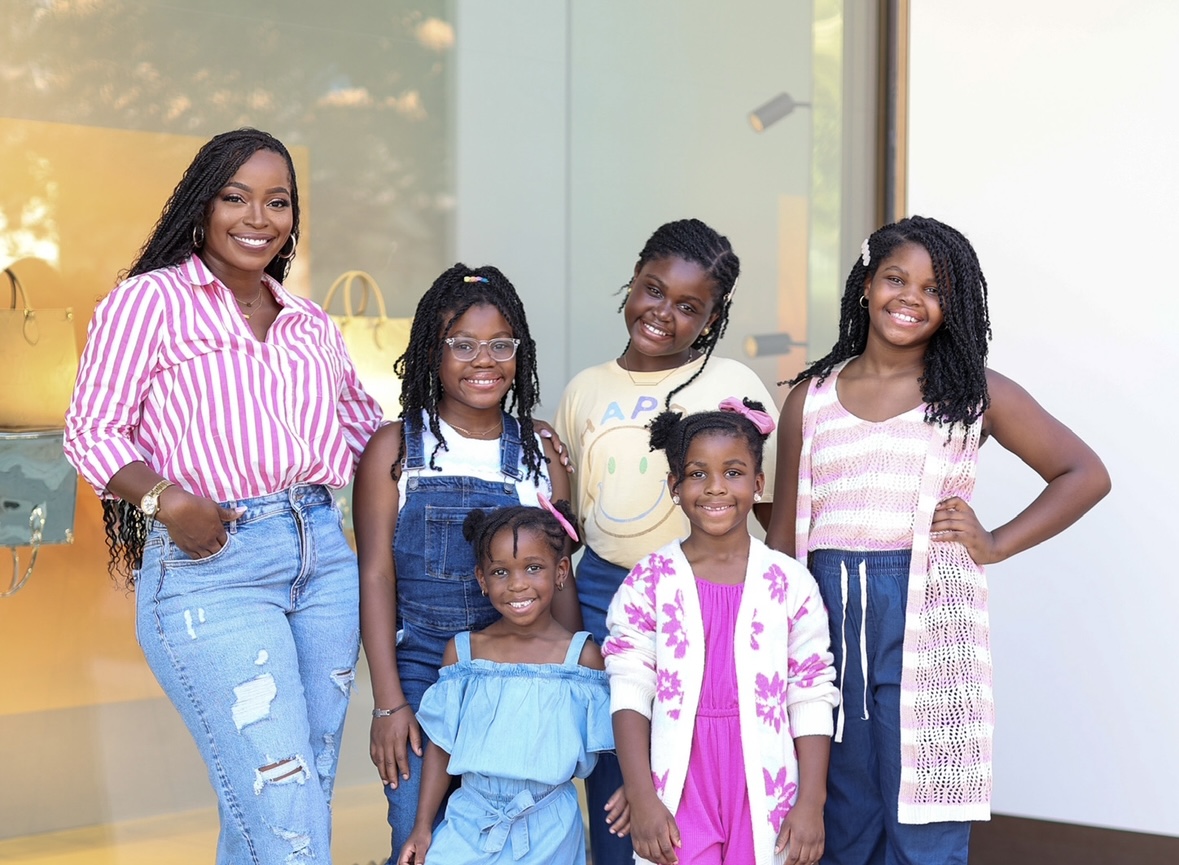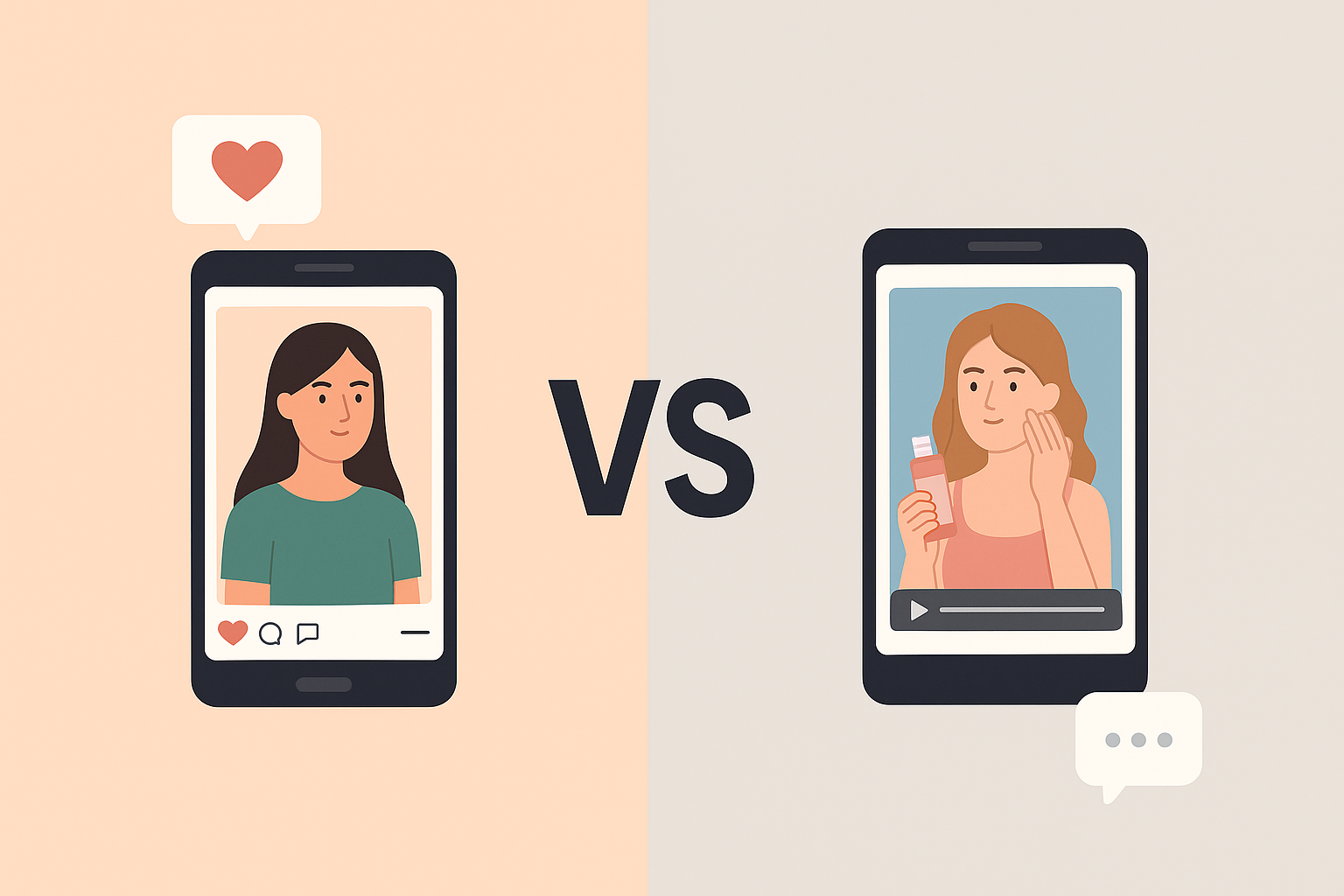Why Google Ads Are Set to Strengthen for FMCG Brands - And How to Capitalise on Lower CPC and Higher ROAS

Fast-moving consumer goods (FMCG) brands are about to witness a major shift in digital advertising - one that presents a unique opportunity to cut costs and boost returns. With Amazon pulling all of its Google Shopping ads globally in just 48 hours, Google Ads - particularly Shopping campaigns - are now a battlefield with significantly less competition.
This dramatic move unlocks lower cost-per-click (CPC) potential, higher return on ad spend (ROAS), and the chance for FMCG marketers and agencies to re-strategise for performance gains.
Let’s break down what this means for brands with Amazon Stores, for direct-to-consumer (DTC) e-commerce, and for agencies running paid media campaigns.
What This Means for FMCG Brands Selling on Amazon
For brands relying on Amazon Stores and product listings, this update fundamentally alters how traffic flows from Google:
- Decreased Google Shopping traffic to Amazon product pages: With Amazon exiting the Shopping ad space, brands can no longer rely on Google's Product Listing Ads (PLAs) to drive traffic to their Amazon listings.
- Greater dependency on Amazon Ads: Brands must now lean heavily on Amazon’s internal ad ecosystem, such as Sponsored Products and Sponsored Brands, to retain visibility and sales performance.
- DTC e-commerce could see budget boosts: Brands with direct-to-consumer websites are likely to reallocate budgets to their own Google Shopping campaigns, capitalising on new ad space vacated by Amazon.
What This Means for Advertisers and PPC Agencies
For performance marketers and agencies, the benefits of Amazon’s exit from Google Shopping are immediate and actionable:
- Lower CPCs due to reduced competition: Fewer big-spending bidders in the auction - namely Amazon - means lower cost-per-clicks for the rest of us. Brands that previously couldn’t outbid Amazon can now take prime positions at a better price.
- Improved ROAS and CTR KPIs (in the short term): With CPC dropping, expect click-through rates (CTR) and return on ad spend (ROAS) to climb - especially for well-optimised product feeds and high-intent keywords.
- Seize SERP real estate with Shopping ads: This is a once-in-a-decade chance to scale Shopping campaigns and own more Google search engine results page (SERP) visibility - particularly for competitive FMCG categories.
Strategic Moves FMCG Marketers Should Make Now
Here’s how to make the most of this shift:
- Audit current Shopping campaign structure - Ensure you have proper product segmentation, high-quality feed attributes, and competitive pricing.
- Reallocate budgets - Shift spend from Amazon Ads or display to Google Shopping where performance may now be stronger.
- Expand DTC Shopping campaigns - FMCG brands with e-commerce sites can maximise margin and data control by pushing more traffic to owned storefronts via Shopping and Performance Max campaigns.
- Monitor competitors - Watch which brands scale into the space and adjust bidding strategies accordingly.
Integrating Google Ads With Social Media for a Tighter, Smarter Digital Strategy
The savviest FMCG marketers don’t treat Google Ads, paid social, and organic content as separate silos. Instead, they weave them together into a connected system that reaches customers at every stage of the journey - from discovery to conversion and beyond.
Here’s how to create a joined-up strategy that combines the strengths of each channel:
1. Use Social (Paid + Organic) to Prime, Google to Capture
- Organic social builds long-term brand equity and community.
- Paid social ads (on platforms like Instagram, TikTok, Facebook) spark product discovery and drive immediate traffic.
- Google Ads (Search, Shopping, Performance Max) capture that intent when people are ready to act.
For example:
- A consumer sees an engaging TikTok ad for your new product.
- They don’t click immediately but later Google the product name.
- Your branded Search or Shopping ad appears at the top of the SERP — and you close the sale.
This is where Google becomes the high-intent layer that completes the funnel.
2. Keep Messaging and Creative Aligned
When your social and search ads speak the same visual and tonal language, you reinforce brand recall and build trust. A user who sees your product in an Instagram carousel and later spots it in a Shopping ad should immediately recognise it.
- Keep product imagery, copy tone, and promotional offers consistent.
- Use seasonal hooks, influencer content, or UGC across platforms.
3. Use Social Signals to Inform Google Ads
If a particular product is trending or performing well on social (paid or organic), use that insight to pivot quickly in your Google Ads strategy:
- Increase bids on branded keywords tied to the product.
- Build a breakout Shopping ad group just for that SKU.
- Launch Performance Max campaigns to drive omnichannel conversion.
Likewise, strong-performing Google keywords can inform new creative angles and ad formats to test on social.
4. Cross-Channel Retargeting and Lookalikes
Use paid social and Google together for advanced targeting tactics:
- Retarget website visitors via Facebook or TikTok Ads, showing them lifestyle content or product bundles.
- Build lookalike audiences on social from converters driven by Google Ads.
- Run YouTube retargeting ads to users who engaged with your Instagram Reels or TikTok videos.
This ensures your brand shows up in different formats and mindsets across a user’s journey.
The Takeaway
By combining organic social, paid social ads, and Google Ads into a single strategy, FMCG brands can cover every stage of the funnel:
- Organic content builds affinity and trust.
- Paid social sparks discovery and engagement.
- Google captures high-intent demand and drives efficient conversions.
Brands that blend these touch-points with cohesive messaging and smart retargeting will see lower CPCs, higher ROAS, and much stronger brand performance overall.
Final Thoughts: A Window of Opportunity for Smarter, Connected Growth
Amazon’s decision to pull out of Google Shopping has reshaped the digital ad auction landscape, and it’s opened a rare and valuable window for FMCG brands to move faster, spend smarter, and grow more efficiently.
But the opportunity isn’t just about Shopping ads.
By pairing this reduced competition on Google with a tightly integrated social strategy, combining organic visibility, paid social discovery, and high-intent Google capture, brands can build a full-funnel engine that works harder across every channel.
This moment presents a unique chance to:
- Cut ad costs through lower CPCs on Google
- Boost profitability with stronger ROAS and conversion efficiency
- Expand brand visibility across SERPs and social feeds
- Tighten cross-channel performance by aligning messaging, data, and targeting
In a landscape where competition usually only increases, this drop in pressure offers an ideal time to scale Google Shopping, sharpen your paid social execution, and create a more joined-up digital strategy that captures attention, demand, and conversion all at once.
Explore Our Latest Insights
Stay updated with our latest articles and resources.





Ready to elevate your marketing strategy?
Let’s add some spice to your next campaign 🌶️






